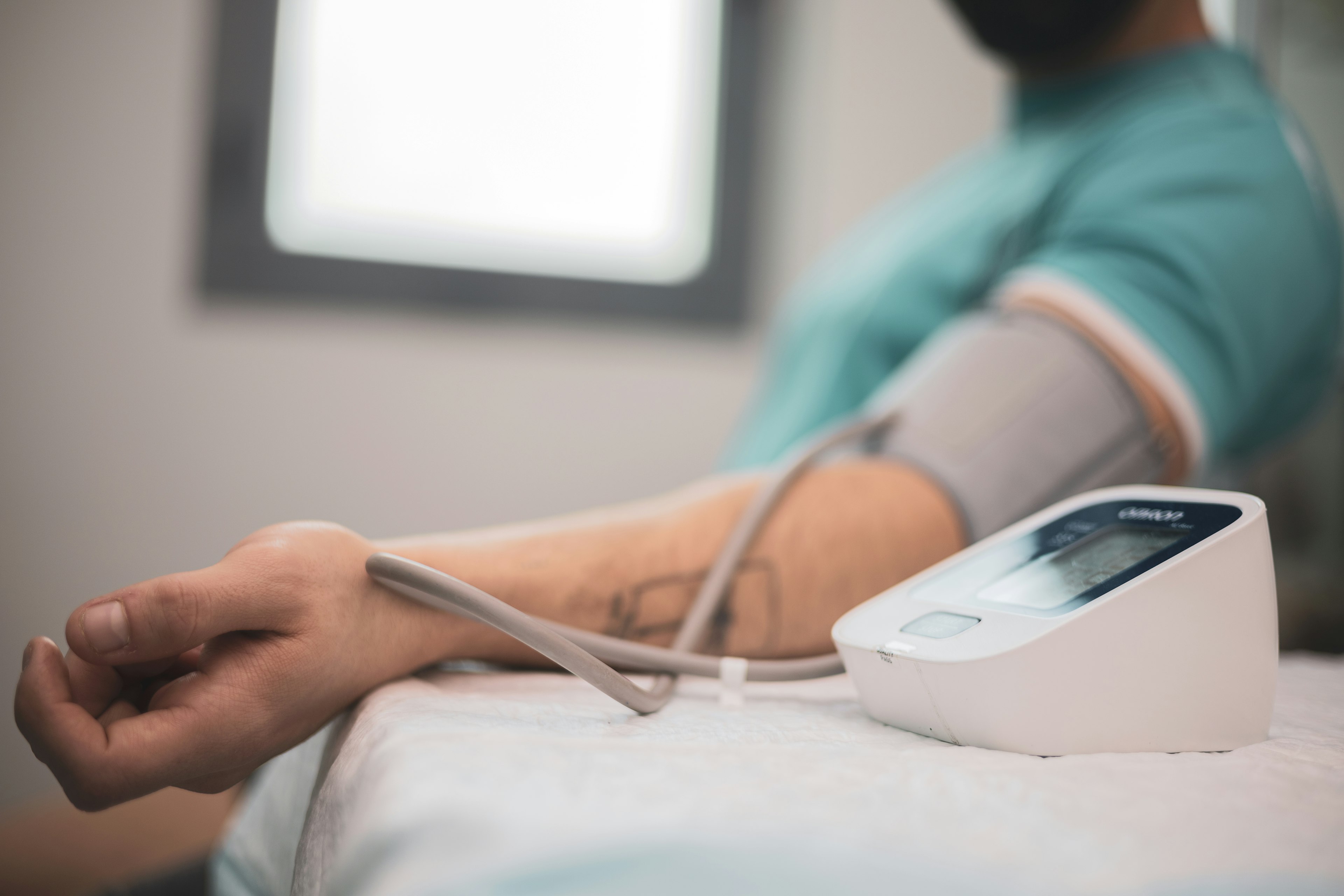High cholesterol is often referred to as a “silent” condition because it develops without obvious symptoms. Yet, over time, excess cholesterol can quietly damage your arteries, restrict blood flow, and increase your risk for a heart attack or stroke. For this reason, recognizing potential warning signs early and working with your healthcare team can make a significant difference in protecting your heart health.
The Silent Danger of High Cholesterol
The unfortunate truth is that most people with high cholesterol do not notice any symptoms until levels are dangerously elevated. When cholesterol builds up inside the arteries, it forms plaque that narrows and stiffens these blood vessels. This process, called atherosclerosis, reduces circulation and limits oxygen delivery throughout the body.
Once blood flow is restricted, certain symptoms may appear as warning signs that your cholesterol needs attention.
Top 10 Warning Signs of High Cholesterol
If left untreated, high cholesterol may contribute to a wide range of problems. Some potential warning signs include:
- Chest pain or angina: Plaque buildup can restrict blood flow to the heart and cause pressure or tightness.
- Shortness of breath: Reduced circulation affects how efficiently your heart and lungs work.
- Numbness or tingling in extremities: Poor blood flow may lead to sensations in the hands, arms, legs, or feet.
- Leg pain or cramping: Peripheral artery disease is a common complication of cholesterol buildup in leg arteries.
- Joint pain or stiffness: Inflammation linked to high cholesterol can sometimes affect joints.
- Dizziness or lightheadedness: Limited or restricted circulation to the brain may trigger these episodes.
- Frequent headaches: Narrowed or stiffened arteries can lead to vascular headaches.
- Fatigue: Limited oxygen delivery makes you feel unusually tired, even after rest.
- Yellowish deposits around the eyes (xanthomas): Visible cholesterol buildup beneath the skin.
- Slow healing or cold extremities: Reduced circulation makes it harder for wounds to heal and may cause persistent coldness in the hands or feet.
Can High Cholesterol Cause These Specific Symptoms?
High cholesterol can affect the body in different ways, and in many cases, it contributes to symptoms that signal restricted blood flow or inflammation. Here is how it may be connected to specific concerns:
- Chest pain: Yes. Plaque buildup in the arteries caused by high cholesterol can limit blood flow to the heart and result in angina. This warning sign should always be taken seriously.
- Shortness of breath: Yes. Reduced circulation from cholesterol buildup may make it harder for the heart and lungs to keep up, leading to shortness of breath during activity or at rest.
- Numbness and tingling: Yes. Narrowed arteries caused by high cholesterol can restrict blood flow to the arms, legs, hands, or feet, leading to these sensations.
- Joint pain: Indirectly. High cholesterol contributes to inflammation, which may worsen existing joint discomfort, especially in patients with arthritis.
- Leg pain: Yes. High cholesterol can lead to Peripheral artery disease (PAD), a condition caused by narrowed arteries in the legs. PAD often results in pain, cramping, or weakness during activity, and it increases the risk of serious complications such as a heart attack or stroke.
- Dizziness: Yes. Plaque buildup can restrict blood flow to the brain, resulting in dizziness or lightheadedness. If this happens along with weakness, slurred speech, or vision changes, it may be a warning sign of stroke.
- Headaches: Sometimes. Cholesterol buildup itself doesn’t directly cause headaches, but vascular changes linked to narrowed arteries may lead to recurring or worsening headaches.
Why High Cholesterol Symptoms Are Often Overlooked
High cholesterol symptoms are typically overlooked because symptoms like fatigue, joint pain, or dizziness are common, and many people assume they are caused by stress, aging, or other health issues. This is why high cholesterol is often shrugged off until it leads to a serious complication.
Ultimately, the most reliable way to detect high cholesterol is not by waiting for symptoms but by having your cholesterol checked regularly through simple blood tests.
How Your Primary Care Doctor and Cardiologist Work Together
Managing cholesterol at CLS Health often involves a team of specialists working together—including your primary care provider, cardiologist, and other experts—to deliver seamless, coordinated care.
- Primary Care Role: Primary care providers usually detect high cholesterol first through routine screenings. They guide patients on lifestyle changes, prescribe medication if needed, and monitor progress over time.
- Cardiologist Role: A cardiologist may step in for advanced testing or when cholesterol causes complications like chest pain, arrhythmia, or blocked arteries. They manage complex cases and oversee treatments for cardiovascular disease.
Collaborative Care: Together, these providers ensure patients have both preventive guidance and advanced care when necessary. This team-based approach improves outcomes and reduces long-term risks.
When to See a Doctor
Seek immediate medical care if you experience chest pain, shortness of breath, or neurological symptoms like sudden dizziness, numbness, or vision changes. These may indicate a serious cardiovascular event.
Even without symptoms, schedule cholesterol screenings as recommended by your provider. Early detection allows for effective management before complications arise.
Manage Your Heart Health with a Cholesterol Screening
High cholesterol often goes unnoticed, but the signs, when they appear, should never be ignored. Regular screenings, early recognition, and a care plan guided by your doctor help lower risks and protect your health.
At CLS Health, our providers offer cholesterol testing, personalized lifestyle guidance, and medication management when needed. With the right care and ongoing support, you can take proactive steps to keep your heart strong. Schedule a cholesterol screening with your primary care provider today to protect your heart health.
FAQs
No, high cholesterol usually doesn’t cause obvious symptoms, which is why it’s often referred to as a silent condition. Regular cholesterol screenings are the most reliable way to detect it before complications develop.
LDL, or “bad cholesterol,” contributes to plaque buildup, while HDL, or “good cholesterol,” helps clear cholesterol from the bloodstream. Neither type produces direct symptoms, but an imbalance increases the risk for cardiovascular disease.
For adults under 40, cholesterol levels should typically be checked every 4 to 6 years. After age 40 and up to age 75, most people should have their cholesterol tested more frequently—about every 1 to 2 years. Those with risk factors such as diabetes, obesity, high blood pressure, or a family history of heart disease may need testing even more often, based on their doctor’s advice.
Eating a balanced diet, exercising regularly, quitting smoking, and maintaining a healthy weight are all proven ways to lower cholesterol. These changes not only help improve cholesterol numbers but also strengthen overall heart health.





